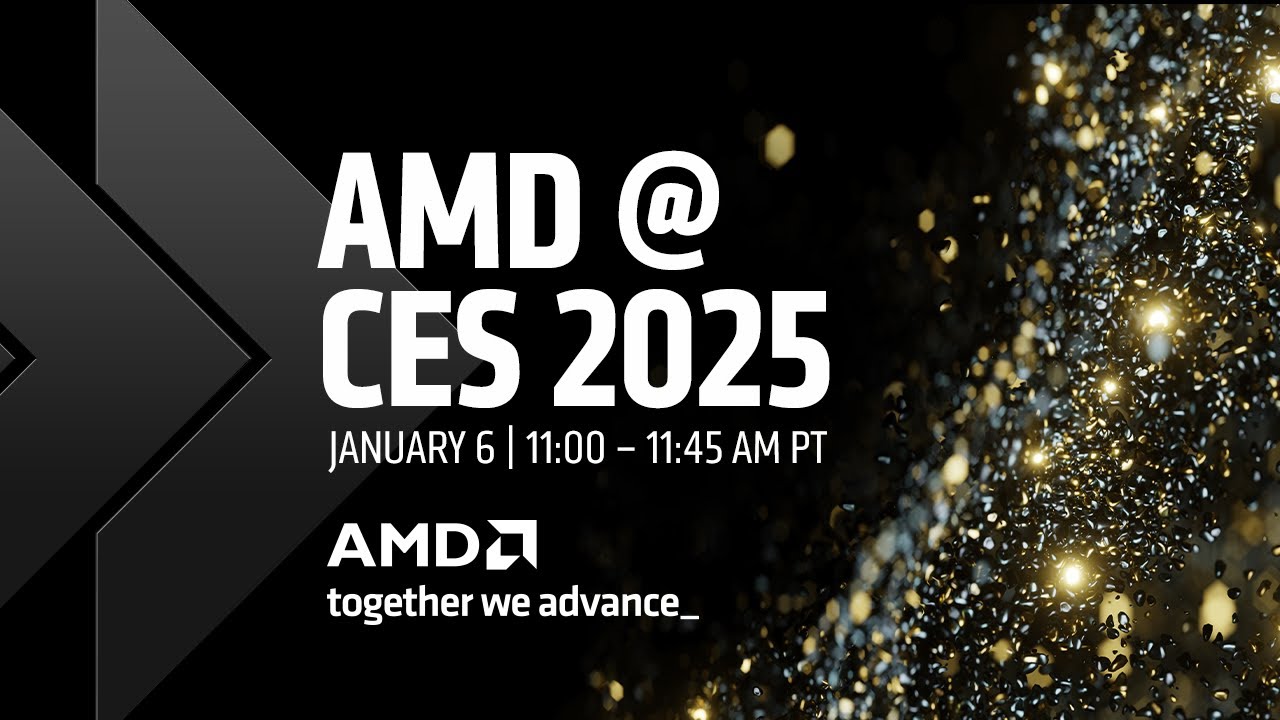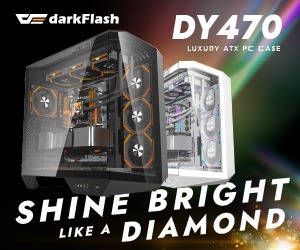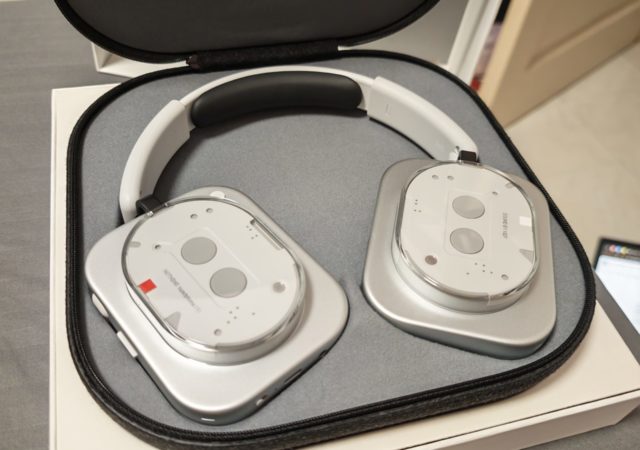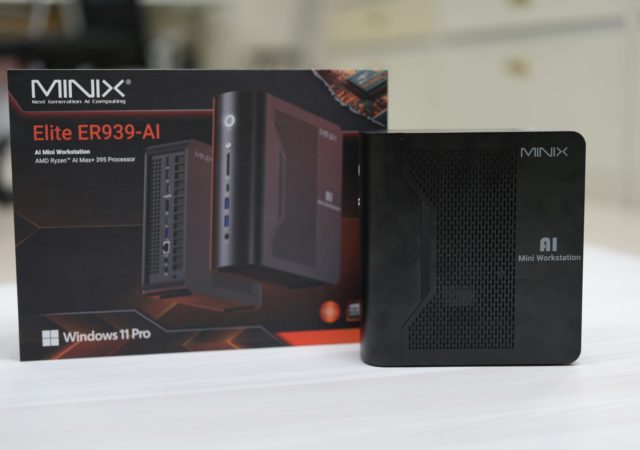AMD unveiled a slew of groundbreaking announcements at CES 2025, but this post focuses on the hardware designed to elevate your gaming experience. Let’s dive into the highlights.
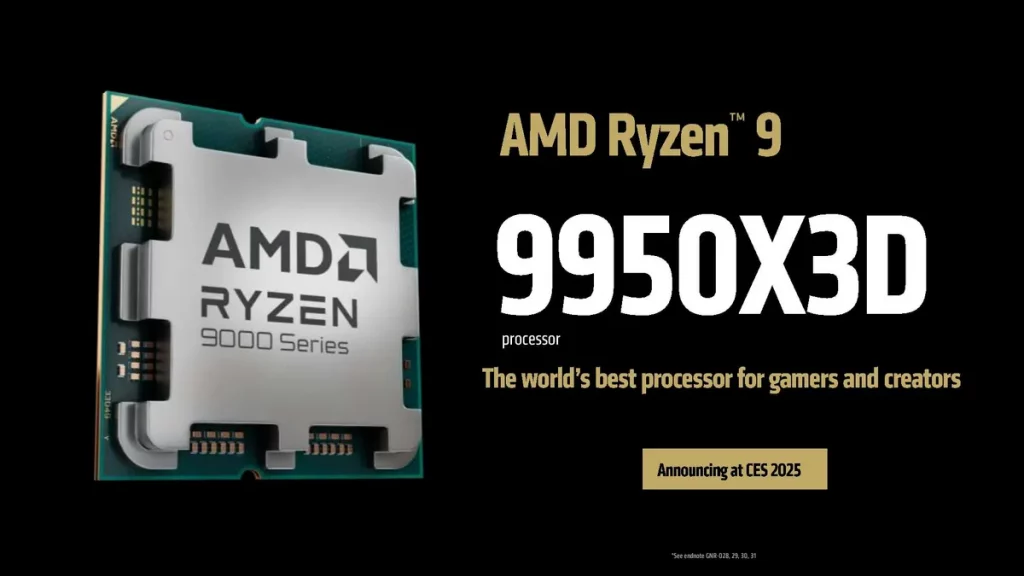 AMD’s Ryzen 9 9000 series X3D processors are here, promising to outperform their predecessors. Building on the success of the highly sought-after Ryzen 7 9800X3D, the Ryzen 9 9950X3D and 9900X3D feature 16 cores/32 threads and 12 cores/24 threads, respectively. These chips leverage 3D-stacked SRAM on one of their two dies, providing significant gaming performance improvements, especially in titles optimized for the technology.
AMD’s Ryzen 9 9000 series X3D processors are here, promising to outperform their predecessors. Building on the success of the highly sought-after Ryzen 7 9800X3D, the Ryzen 9 9950X3D and 9900X3D feature 16 cores/32 threads and 12 cores/24 threads, respectively. These chips leverage 3D-stacked SRAM on one of their two dies, providing significant gaming performance improvements, especially in titles optimized for the technology.
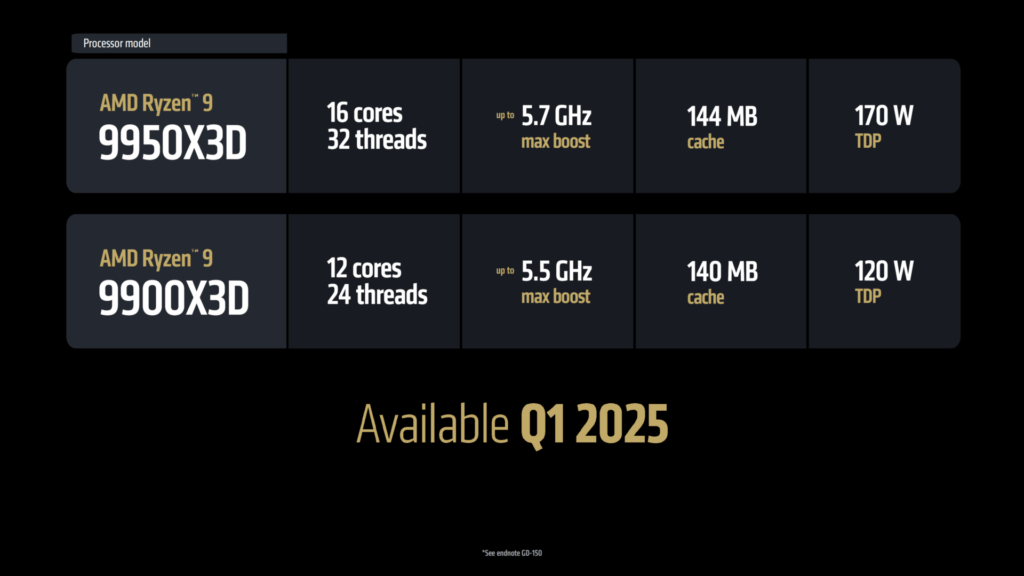 With second-generation 3D V-Cache technology, the 9950X3D offers 144MB of cache, while the 9900X3D has 140MB, compared to the 9800X3D’s 104MB. While the improvements yield only a few percentage points in performance gains, AMD claims the 9950X3D outperforms Intel’s Core Ultra 9 285K by 20% across 40 games.
With second-generation 3D V-Cache technology, the 9950X3D offers 144MB of cache, while the 9900X3D has 140MB, compared to the 9800X3D’s 104MB. While the improvements yield only a few percentage points in performance gains, AMD claims the 9950X3D outperforms Intel’s Core Ultra 9 285K by 20% across 40 games.
Pricing and benchmarks for the 9900X3D remain under wraps, though the 9950X3D is expected to exceed the Ryzen 7 9800X3D’s $480 price point. A Q1 2025 release has been confirmed.
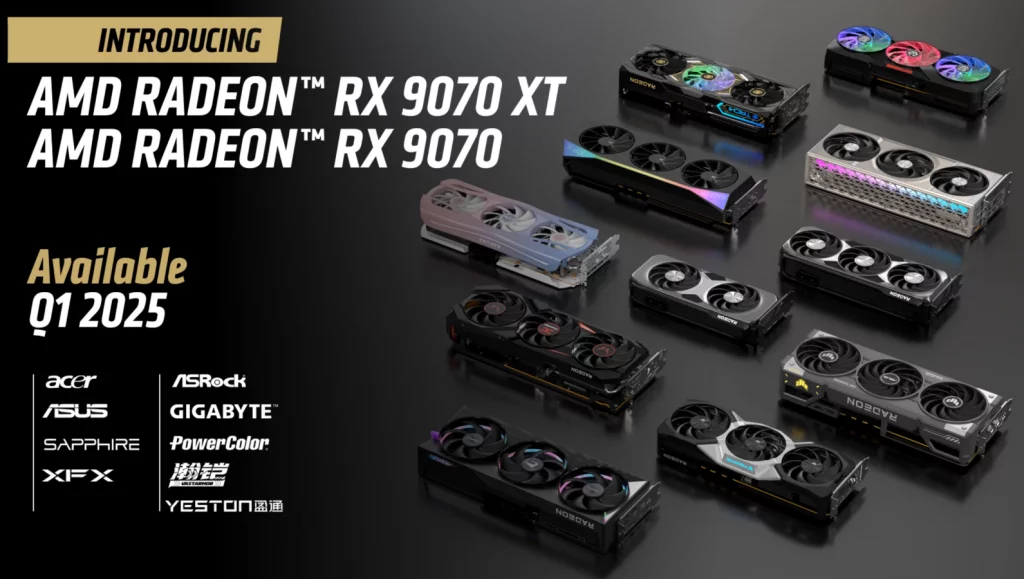 AMD introduced the Radeon RX 9070 XT and RX 9070 GPUs, which will launch alongside the new Ryzen processors. Although they aren’t positioned to challenge NVIDIA’s RTX 50 series directly, they are expected to deliver strong competition to the RTX 40 series, particularly in VRAM capacity—a traditional AMD advantage.
AMD introduced the Radeon RX 9070 XT and RX 9070 GPUs, which will launch alongside the new Ryzen processors. Although they aren’t positioned to challenge NVIDIA’s RTX 50 series directly, they are expected to deliver strong competition to the RTX 40 series, particularly in VRAM capacity—a traditional AMD advantage.
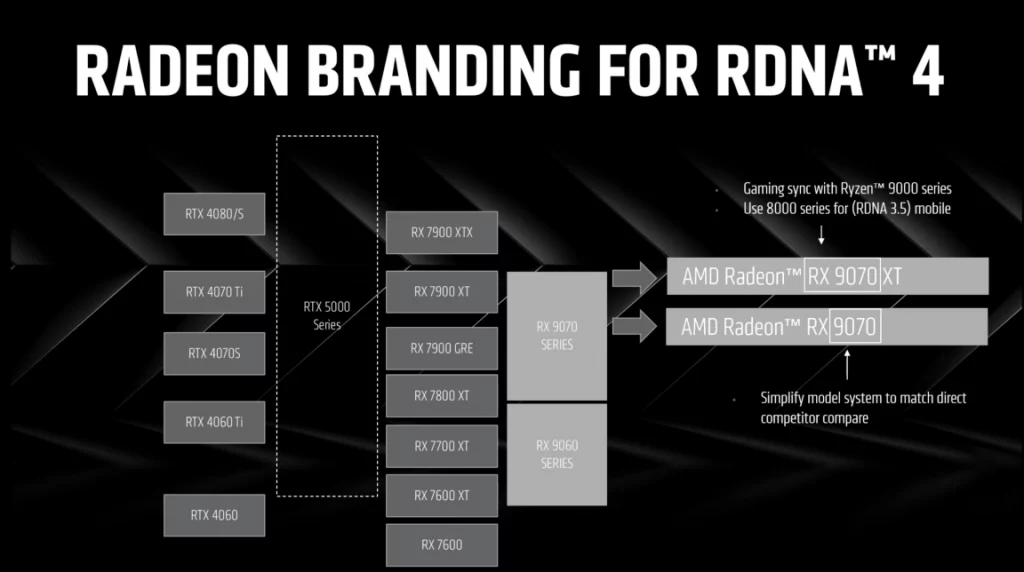 The RDNA 4 architecture brings enhancements in instructions per clock, higher clock speeds, and improved AI performance via second-gen AI accelerators and third-gen RT accelerators. Notably, AMD is locking its upcoming FSR 4 upscaling technology to RX 9000 cards, mirroring NVIDIA’s exclusivity strategy.
The RDNA 4 architecture brings enhancements in instructions per clock, higher clock speeds, and improved AI performance via second-gen AI accelerators and third-gen RT accelerators. Notably, AMD is locking its upcoming FSR 4 upscaling technology to RX 9000 cards, mirroring NVIDIA’s exclusivity strategy.
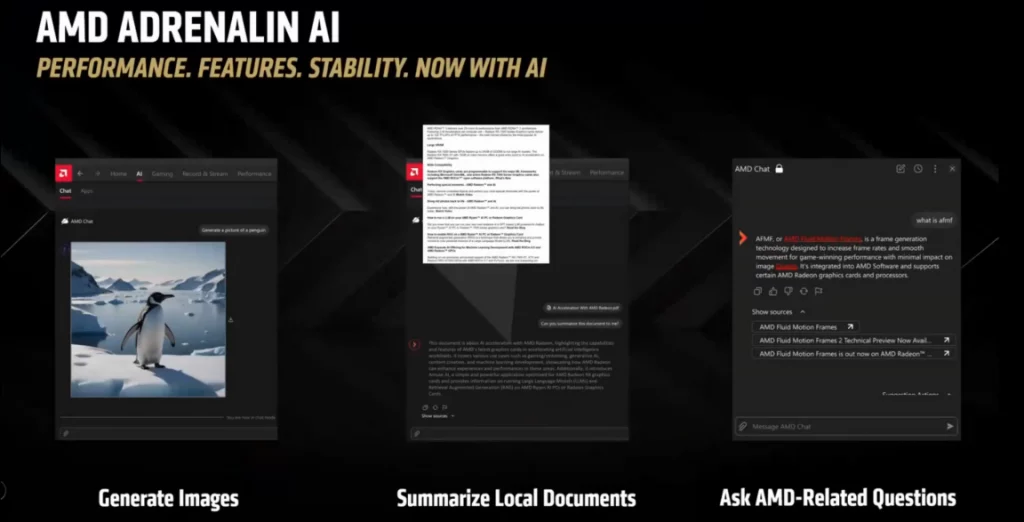 AMD also teased the mid-range Radeon RX 9060 but provided no release details. Meanwhile, the Adrenalin software suite is set to include AI-based features like image generation and document summarization, further leveraging the new hardware’s capabilities.
AMD also teased the mid-range Radeon RX 9060 but provided no release details. Meanwhile, the Adrenalin software suite is set to include AI-based features like image generation and document summarization, further leveraging the new hardware’s capabilities.
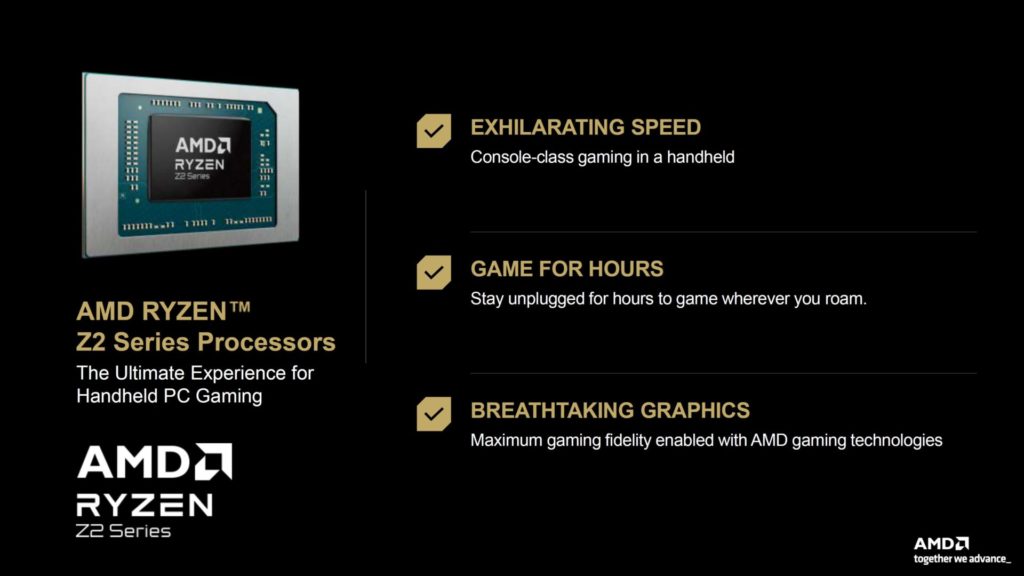 The Ryzen Z2 series ushers in the next generation of portable handheld gaming APUs. The lineup includes the Z2 Extreme, Z2, and Z2 Go.
The Ryzen Z2 series ushers in the next generation of portable handheld gaming APUs. The lineup includes the Z2 Extreme, Z2, and Z2 Go.
- Z2 Extreme: Features 8 cores/16 threads (Zen 5), a 5.0GHz boost clock, 24MB of cache, 15W–35W TDP, and 16 RDNA 3.5 iGPU cores.
- Z2: Built on Zen 4, it offers 8 cores/16 threads, a 5.1GHz boost clock, 24MB of cache, 15W–30W TDP, and 12 RDNA 3 iGPU cores.
- Z2 Go: Aimed at entry-level users with 4 cores/8 threads (Zen 3), a 4.3GHz boost clock, 10MB of cache, 15W–30W TDP, and 12 RDNA 2 iGPU cores.
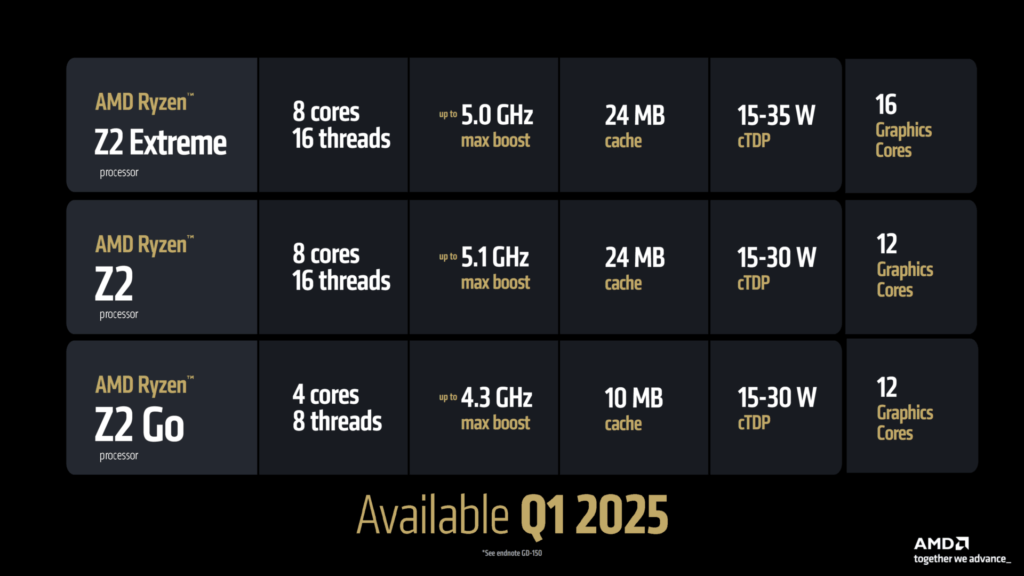 AMD has also collaborated with brands like ROG, Lenovo, and ZOTAC to ensure seamless software integration and optimized performance. A Q1 2025 release is scheduled.
AMD has also collaborated with brands like ROG, Lenovo, and ZOTAC to ensure seamless software integration and optimized performance. A Q1 2025 release is scheduled.
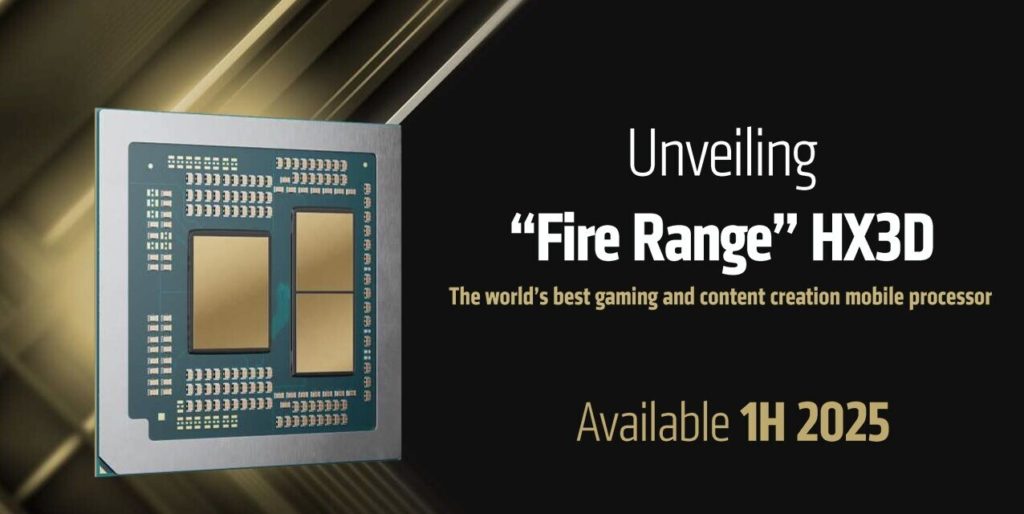 AMD is bringing its 3D V-Cache technology to gaming laptops with the Ryzen 9000HX series. The lineup includes the Ryzen 9 9955HX3D, which boasts up to 144MB of cache and 16 cores/32 threads with a 5.4GHz boost clock. While other chips in the series feature up to 80MB of cache, the inclusion of 3D-stacked cache distinguishes the 9955HX3D as a premium option.
AMD is bringing its 3D V-Cache technology to gaming laptops with the Ryzen 9000HX series. The lineup includes the Ryzen 9 9955HX3D, which boasts up to 144MB of cache and 16 cores/32 threads with a 5.4GHz boost clock. While other chips in the series feature up to 80MB of cache, the inclusion of 3D-stacked cache distinguishes the 9955HX3D as a premium option.
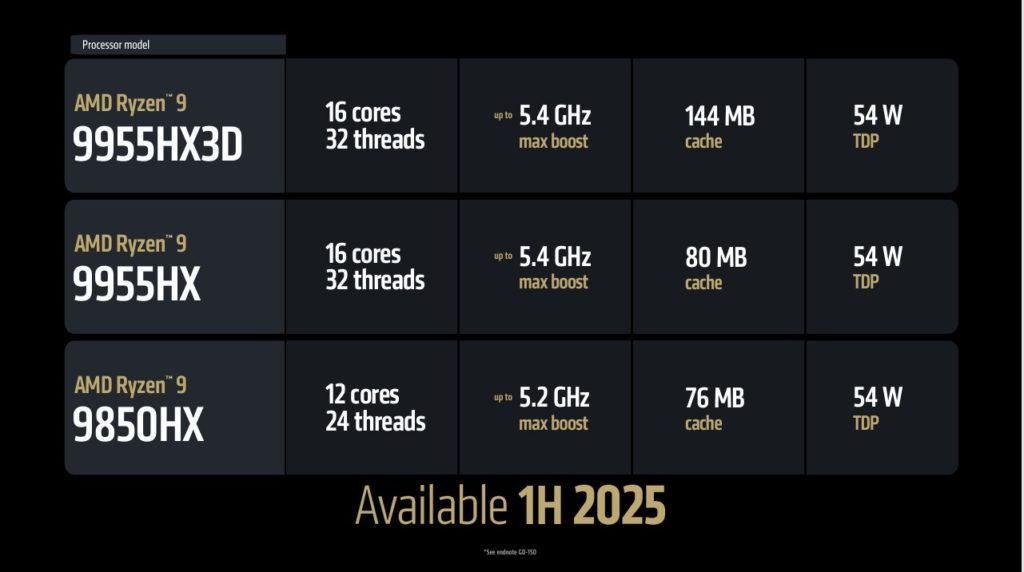 The new Zen 5 “Fire Range” mobile processors will debut in partner systems during the first half of 2025, though performance benchmarks remain undisclosed.
The new Zen 5 “Fire Range” mobile processors will debut in partner systems during the first half of 2025, though performance benchmarks remain undisclosed.


